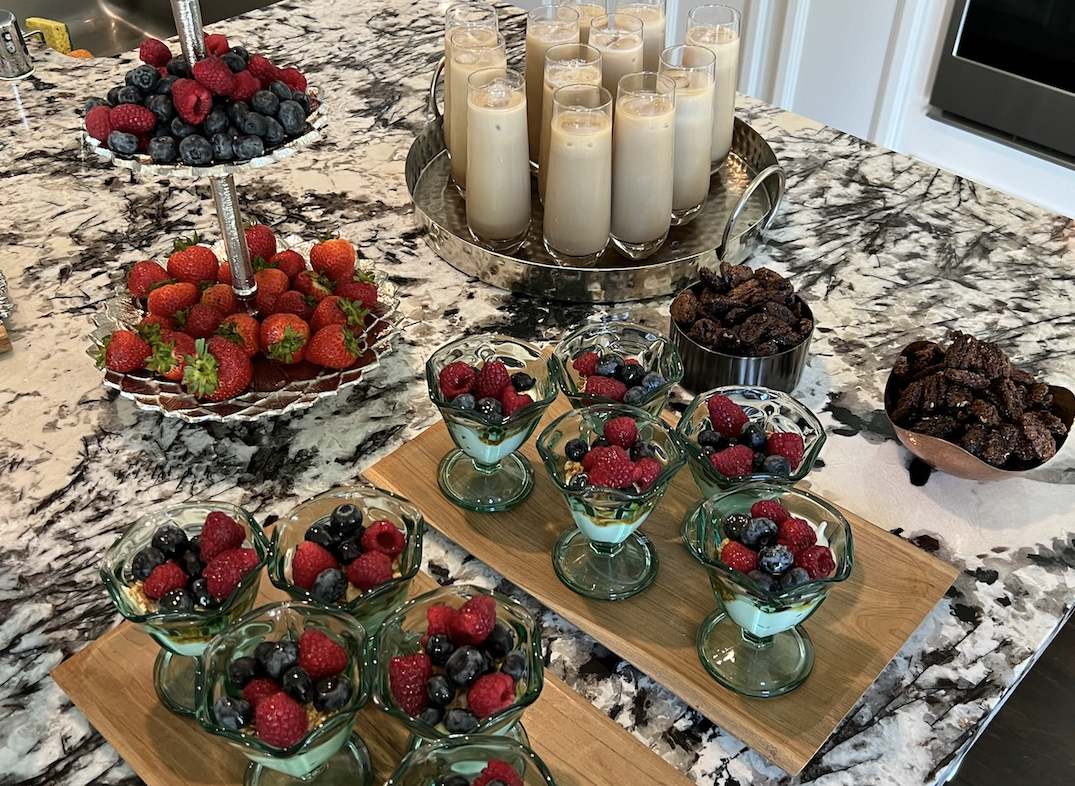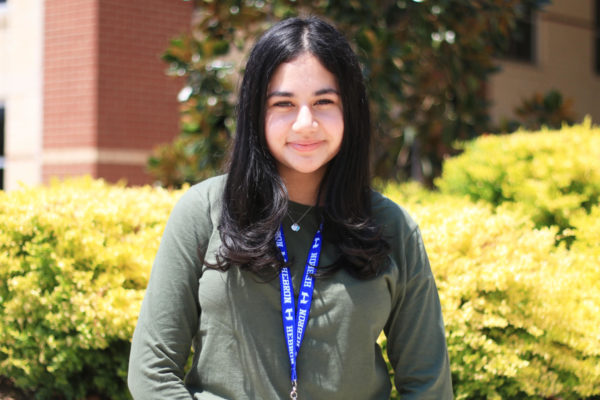As Eid Al-Fithr is approaching, here are five desserts for you to try. Eid Al-Fithr is a celebration that takes place after the holy month of Ramadan. Eid is the first full day that Muslims are allowed to drink and eat after 30 consecutive days of fasting. This day is usually filled with gatherings of friends and families coupled with large lunches, dinners and — best of all — desserts.
Here are a few traditional desserts, each from a different culture, that remind me of the sweetness Eid holds:
Jalebi originated in India and, in my opinion, is one of the best traditional desserts of all time. As someone who had the opportunity to eat Jalebi in India, I am biased when it comes to the taste of this fried dessert. Jalebi is rolled-up flour that is fried and dipped into sugar syrup. It is extremely sweet, with a hard outer layer and a soft inside filled with syrup. After one bite, your mouth is filled with the sweet syrup. If you’re someone who loves delightful and quick desserts, then this is a dish you should definitely try this upcoming Eid.
Baklava is a traditional Turkey dessert and comes in multiple flavors — from almond Baklava (my favorite) to creamed-filled pistachio and walnut Baklava. This is an intricate dessert, but is worth every bite. There are multiple layers consisting of butter phyllo dough with cinnamon-scented walnuts in the middle. On the top is a layer of citrus honey syrup for the phyllo sheets to soak up. Similarly to Jalebi, there’s an extreme amount of sugar and syrup with each bite. I love the taste of nuts and this dessert is filled with them. This dessert is just the right blend of savory and sweet.
Halva was first created in Iran and also has multiple variations, my favorite being almond Halva. This dessert has a soft and mushy-like texture, almost like pudding but sticky. It’s made from either flour or tahini (paste that contains ground sesame seeds and salt), and is sweetened with vanilla or sugar. There is a lot of creativity when it comes to creating Halva: the base is not as sweet; therefore, you can add whatever you want into it. I have fond memories of eating my grandma’s almond Halva, which was smooth on my tongue and always made my day better. If you are looking for a dessert in which you want to experiment and create your own, Halva is the perfect dessert to include in your Eid celebration.
Khak cookies originated in Egypt and are one of the most famous Eid desserts. These cookies might look normal, but they hold a surprise inside: their amazing filling. Khak is a dough-like consistency that’s created by mixing flour, salt, cinnamon, sesame seeds, sugar, yeast and ghee for the outside of the cookie. The filling is made from pistachios, honey, sesame seeds, flour and ghee. When baked, these cookies will leave a sweet nutty taste in your mouth with its Khak dough and pistachio filling. If you’re looking to try something new this year, Khak cookies are the answer.
Sheer Khurma was created in Pakistan – where I’m from. Sheer Khurma has a liquid base, kind of like soup, and can be eaten cold or warm; I prefer it warm. “Sheer” means milk and “Khurma” means dates in the Persian language. The main ingredients for Sheer Khurma are milk, thin vermicelli and sugar. This dessert is perfect if you are looking for a dish that’s not finger food, since it is traditionally eaten like soup. Sheer Khurma is not my favorite dessert compared to all the other desserts above, but it still is an amazing dessert to try with family this year during Eid.










